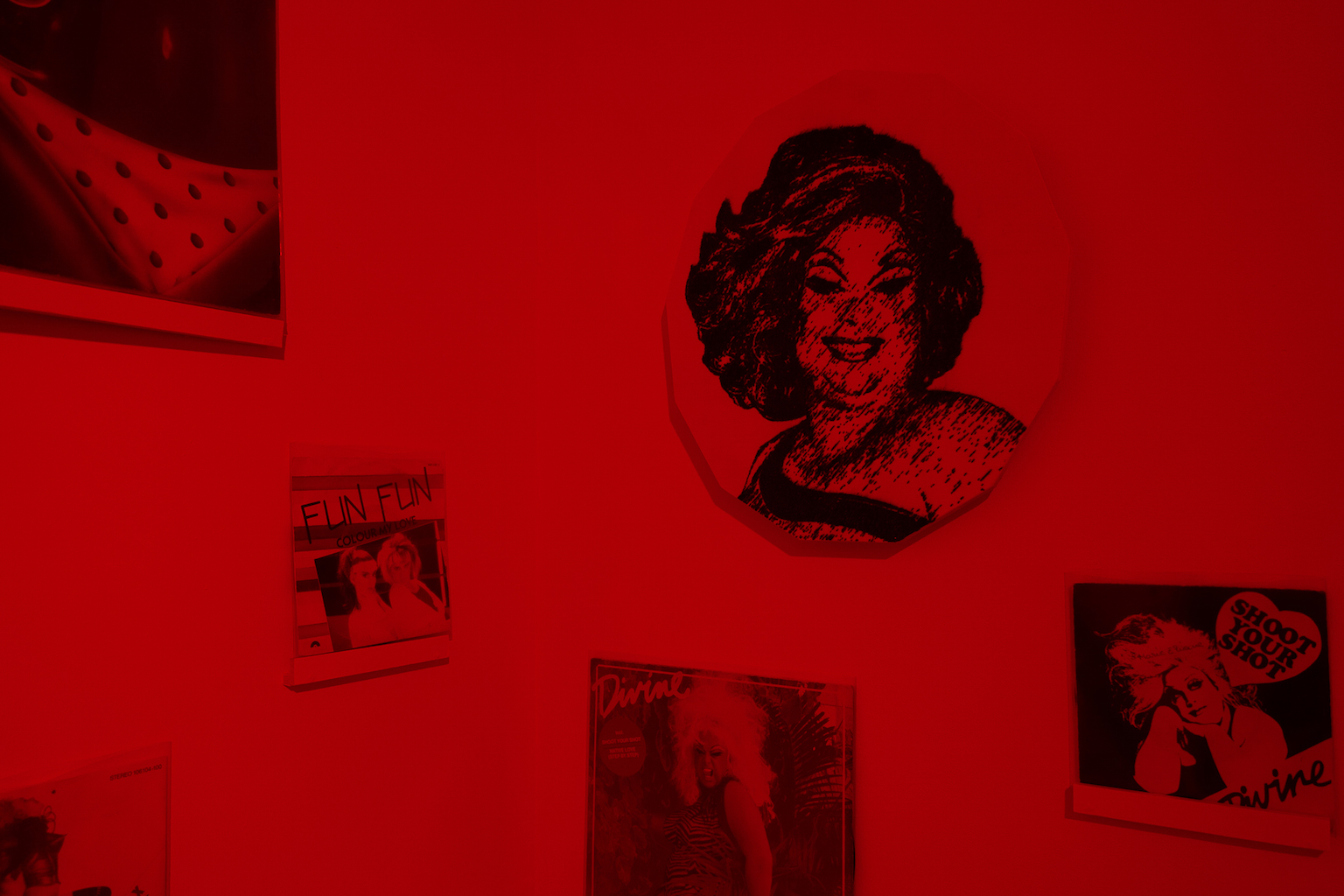
HIGH ENERGIES – TONY REGAZZONI
For the last fifteen years or so, multimedia artist Tony Regazzoni has focused his work on the concept of discotheques. These nightclubs, which multiplied and democratized in the 1970s when disco was making the crowds dance, crystallized the echoes of the liberation of gender and sexual minorities. They became community refuges, places of intersectionality between minorities, protected from social discrimination. Safe-places, to use a more contemporary definition.
With this new exhibition, HIGH ENERGIES, Tony Regazzoni further explores his obsession with club culture and dance music – recalling the spirit, as well as the memory of Hi-NRG.
First popularized in the collective unconscious by Evelyn Thomas’s 1984 hit ‘High Energy’, , the style emerged as an amphetamine-fueled version of disco where synthesizers replaced choirs of strings and brass for the benefit of an accelerated beat, kitschy, thunderous refrains, lyrics celebrating sex and chemical highs combined with musical hooks as heady as a rush of poppers – a drug inextricably linked and symbolic of Hi-NRG, in which clubbers soaked the bandanas they put on their nose.
Originally invented at the end of the 1970s in San Francisco by the young producer Patrick Cowley, who composed two of the genre’s anthems – ‘You Make Me Feel (Mighty Real)’ for the diva Sylvester and ‘Menergy’ Menergy’ for himself – San Frandisco sound, also known as Hi-NRG in its early days, quickly established itself as the soundtrack of queer clubs, at a time when dancefloors were the scene of revolution and mutation of bodies and identities. Amplified and popularized by producers Ian Levine, Man Parrish, Bobby Orlando, Gino Soccio, Lime and the Stock, Aitken, Waterman trio, labels such as Megatone, Shack and Moby Dick, and divas such as Divine, Paul Parker and Sylvester, Hi-NRG was not only the soundtrack to queer emancipation but became in the 80s the voice of the fight against the AIDS epidemic!
Organized in three rooms, the HIGH ENERGIES exhibition opens with a museum of slogans: a collection of flags, in homage to the rainbow flag created in 1978 following the assassination of Harvey Milk (the first openly homosexual US politician), is completed with a burst of historical and contemporary protest slogans. In collaboration with H-Alix Sanyas, HIGH ENERGIES has turned slogans such as ‘Prolétaires de tous les pays, caressez-vous’ (Workers of all countries, caress yourself) from the FHAR (the legendary LGBTQI+ association of the 70s), or ‘Prolétaires de tous les pays, invertissez-vous’ (Workers of all countries, invert yourself) from the young radical collective Les Inverti-e-s, into scarves, T-shirts, crop-tops, etc. A sharp reminder that humor, as scathing as a punch, has always been the preferred weapon of minorities. Just like anger and hedonism, transcribed here in a series of painted and pyrographed tableaux featuring images from happenings, demonstrations, zaps and action-prop, which have marked queer history with their symbolism. A boiling atmosphere amplified by the marking of yellow stripes running from the floor to the walls, in a nod to the graphic design of Hi-NRG covers and popper bottles alike, as well as by the sound broadcast of the podcast “Le Feuilleton des luttes” created by the Centre d’Archives LGBTQI+ Paris, with the production of a new episode dedicated to Les Inverti-e-s.
La Chapelle, the second part of the exhibition, is imagined as an acoustic room. A wide selection of Hi-NRG records, with their homoerotic double-entendre covers, will be on display for listening and dancing. While the lyrics of Hi-NRG’s camp and political hits – such as Divine’s “Shoot Your Shot”, Miquel Brown’s “So Many Men, So Little Time” or Man II Man’s “Male Stripper” – embellish the printed pillows where you can recover from your intense dance-routine. On the wall, pyrographed portraits of Divine, Patrick Cowley, Sylvester or Ian Levine, all whose hits have gone from sweaty discotheques to street protests, form a new trinity of Hi-NRG saints before whom one just must bow.
Bande Organisée, the final part of the exhibition, adapted from an installation at the Nouveau Printemps in Toulouse last year, retraces Tony’s journey of initiation through the Italian discotheques of the 1970’s golden age, most of which are now abandoned and in ruins. Seized in their whimsical architecture and transformed into pyrogravures, homage to these retro-futuristic temples is carried by tuned and gleaming motorcycles brightening up the compositions with their headlights. A way for the public, seated on the saddle, to dive into these Saturday night fevers, while letting themselves be carried away by stories freely imagined by young radical queer artists such as Camille Desombre, Naelle Dariya, Gorge Bataille and Aurélie Faure.
By transmuting the title of his exhibition from HI-NRG to HIGH ENERGIES, by desacralizing the figure of the all-powerful artist in inviting other artists or collectives and by transforming the public into actors, Tony Regazzoni raises the burning questions of queer memory and heritage, physical and corporeal fluids as activism and politics, transmuted into that famous electric discharge for which Hi-NRG was named. What is left of this synthetic, robotic disco’s community energy, which was once the soundtrack of collective emancipation and resilience in the face of AIDS? Of celebration and death? How did this musical genre, stigmatized as the music of fags, crazy and thundering divas, designed for drugs and sex and far more political than it seems, find its way into battle? By refusing to lock himself away, or even take refuge in the past, Tony Regazzoni connects past and present, colliding them to unleash the sparks of activism. And all the while, he delivers his most militant and queer exhibition to date.
A way of extending the question that runs throughout his work: why does dancing, this mix of collective jubilation and expression of individuality, affect bodies and politics, as Act Up Paris proclaimed “Sida is disco”
Patrick Thévenin
Some of the works in the exhibition have received funding from the Support Fund of the ADAGP and Support for an artistic project from the CNAP (Centre des arts plastiques).
MORE INFORMATIONS:
// Tony Regazzoni
// Press Kit
// HIGH ENERGIES (08/02-22/03/2025 | Paris, France)
Category:
Exhibitions
Tony Regazzoni, vue d’exposition High Energies, Galerie Eric Mouchet, Paris, 2025 © Hafid Lhachmi – ADAGP Paris_2
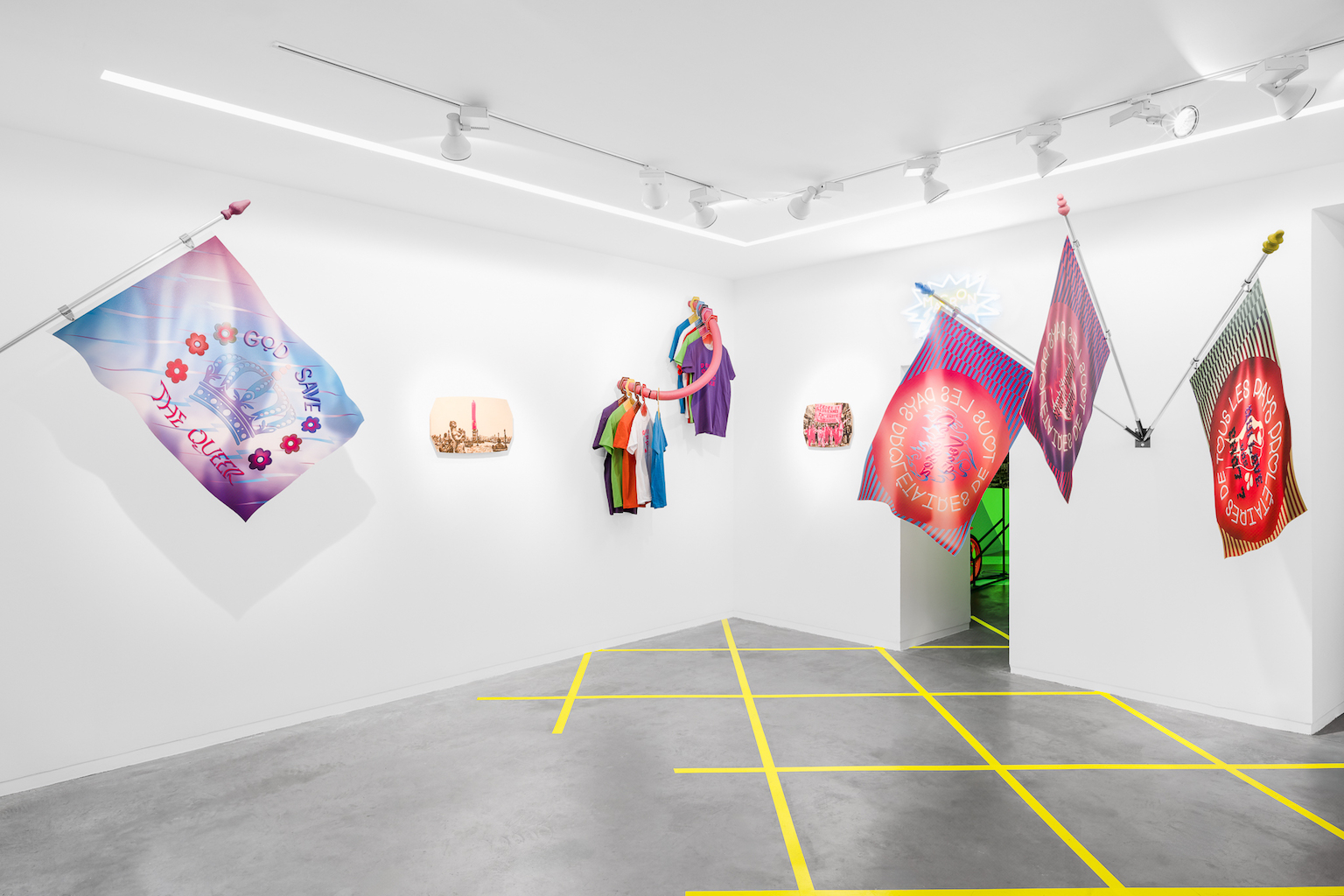
Tony Regazzoni, vue d’exposition High Energies, Galerie Eric Mouchet, Paris, 2025 © Hafid Lhachmi – ADAGP Paris_5
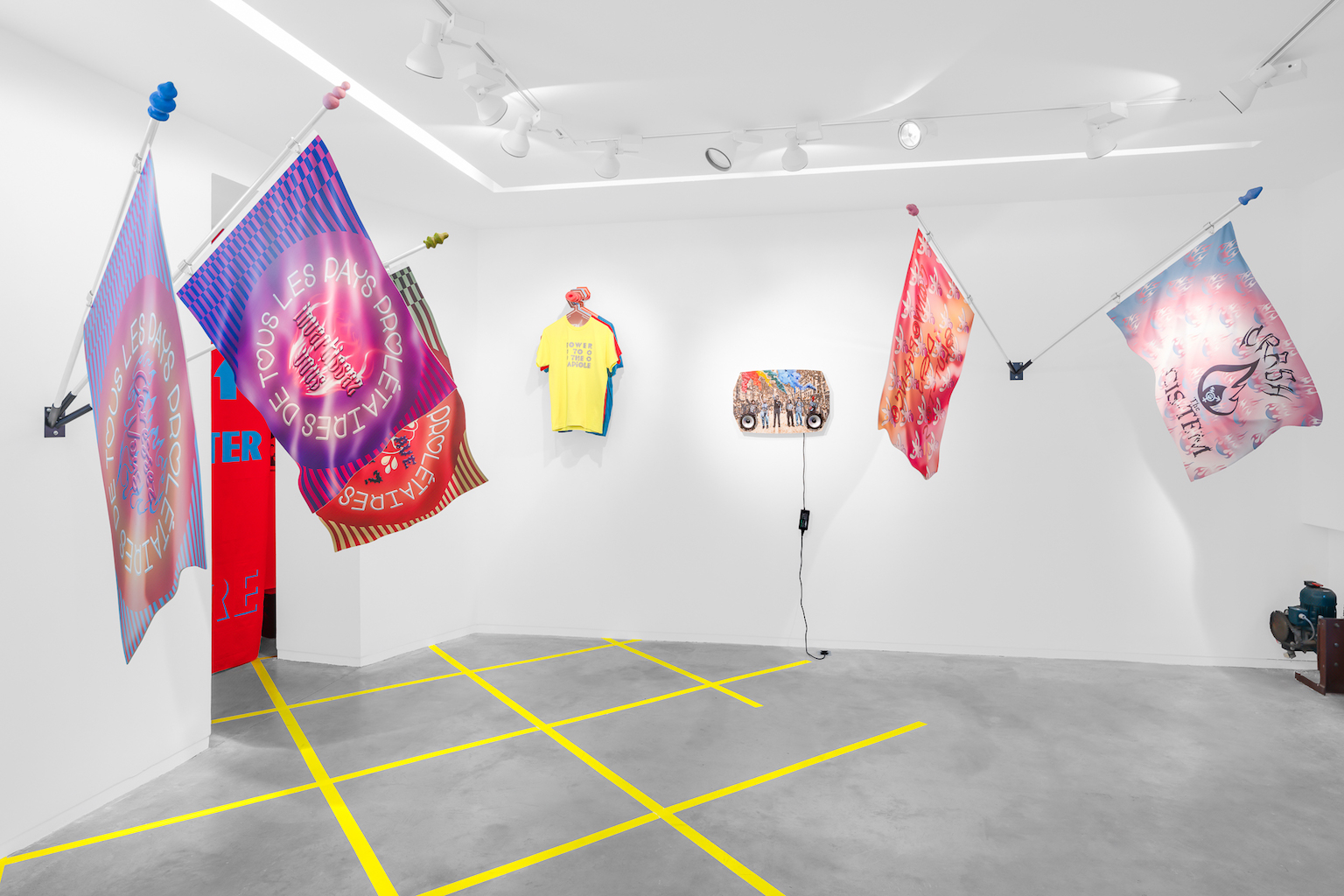
Tony Regazzoni, vue d’exposition High Energies, Galerie Eric Mouchet, Paris, 2025 © Hafid Lhachmi – ADAGP Paris_27
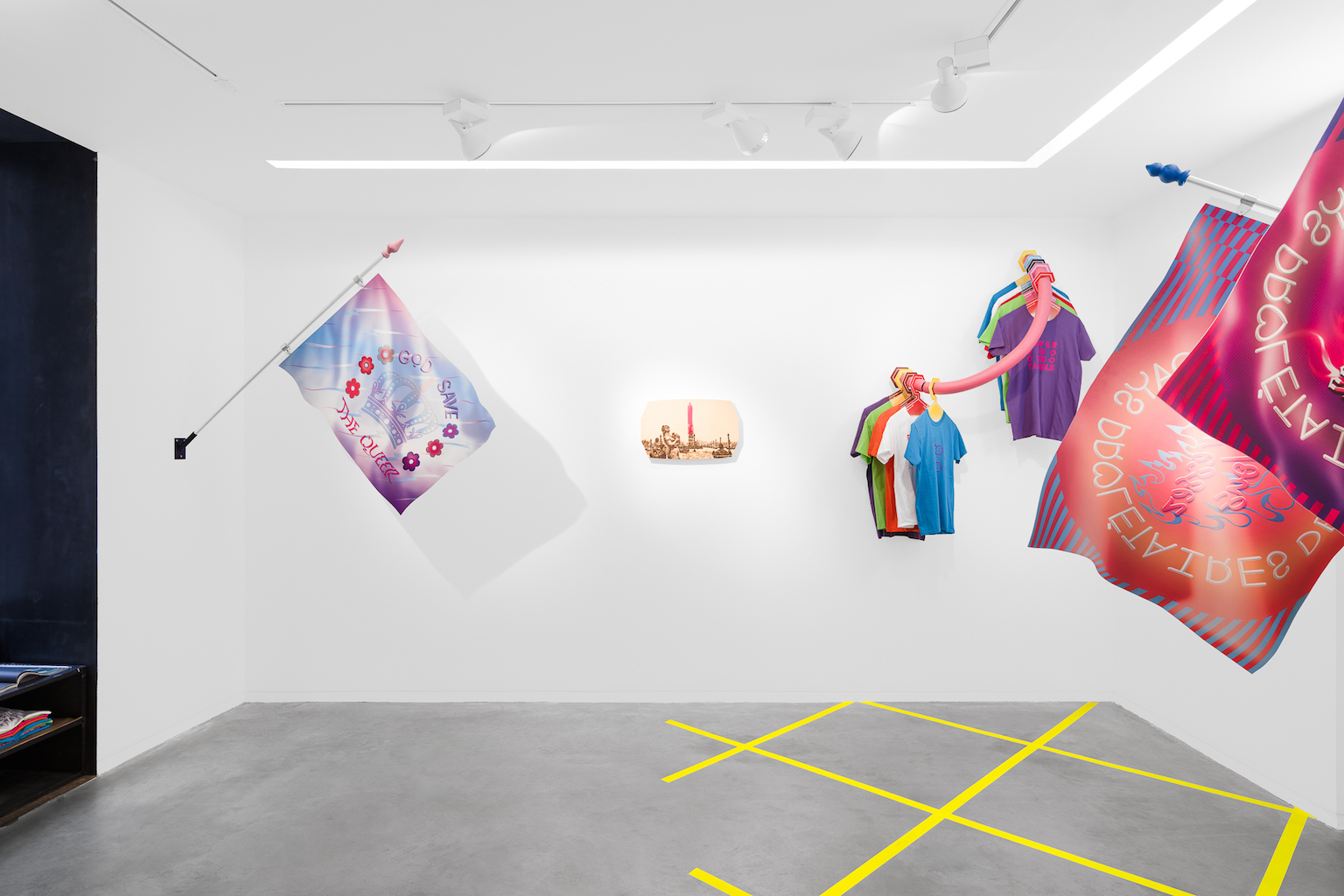
Tony Regazzoni, vue d’exposition High Energies, Galerie Eric Mouchet, Paris, 2025 © Hafid Lhachmi – ADAGP Paris_6
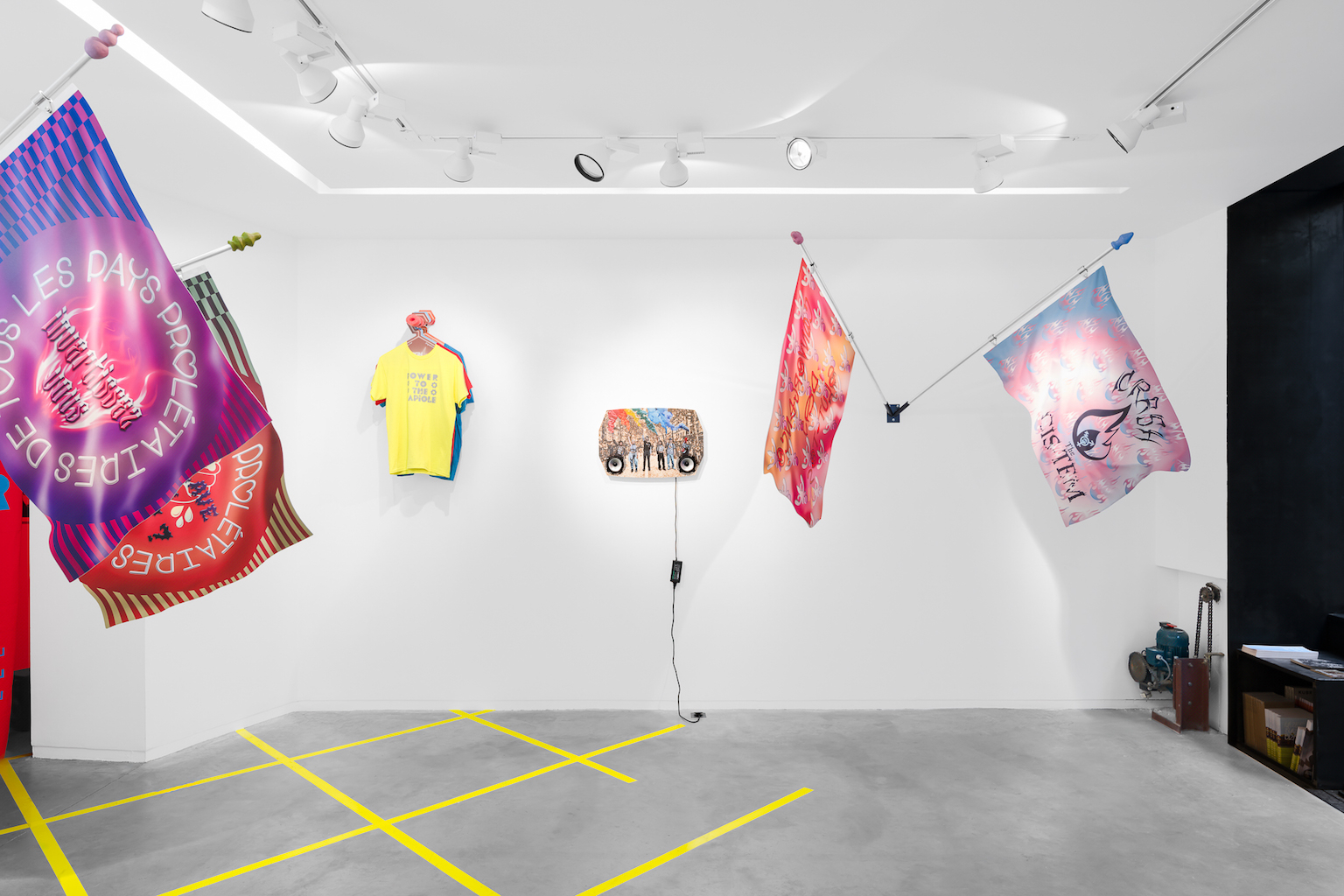
Tony Regazzoni, vue d’exposition High Energies, Galerie Eric Mouchet, Paris, 2025 © Hafid Lhachmi – ADAGP Paris_13
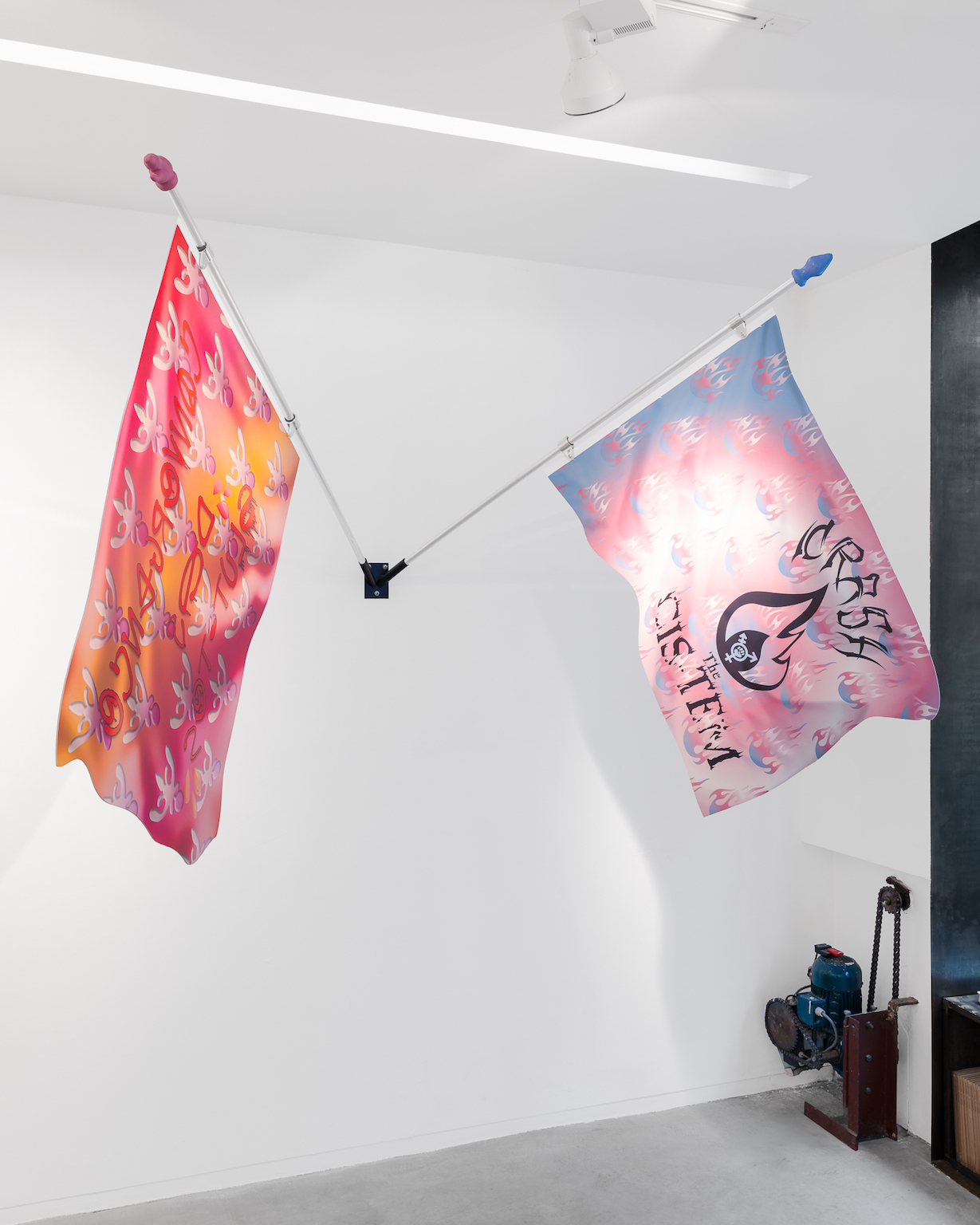
Tony Regazzoni, vue d’exposition High Energies, Galerie Eric Mouchet, Paris, 2025 © Hafid Lhachmi – ADAGP Paris_12
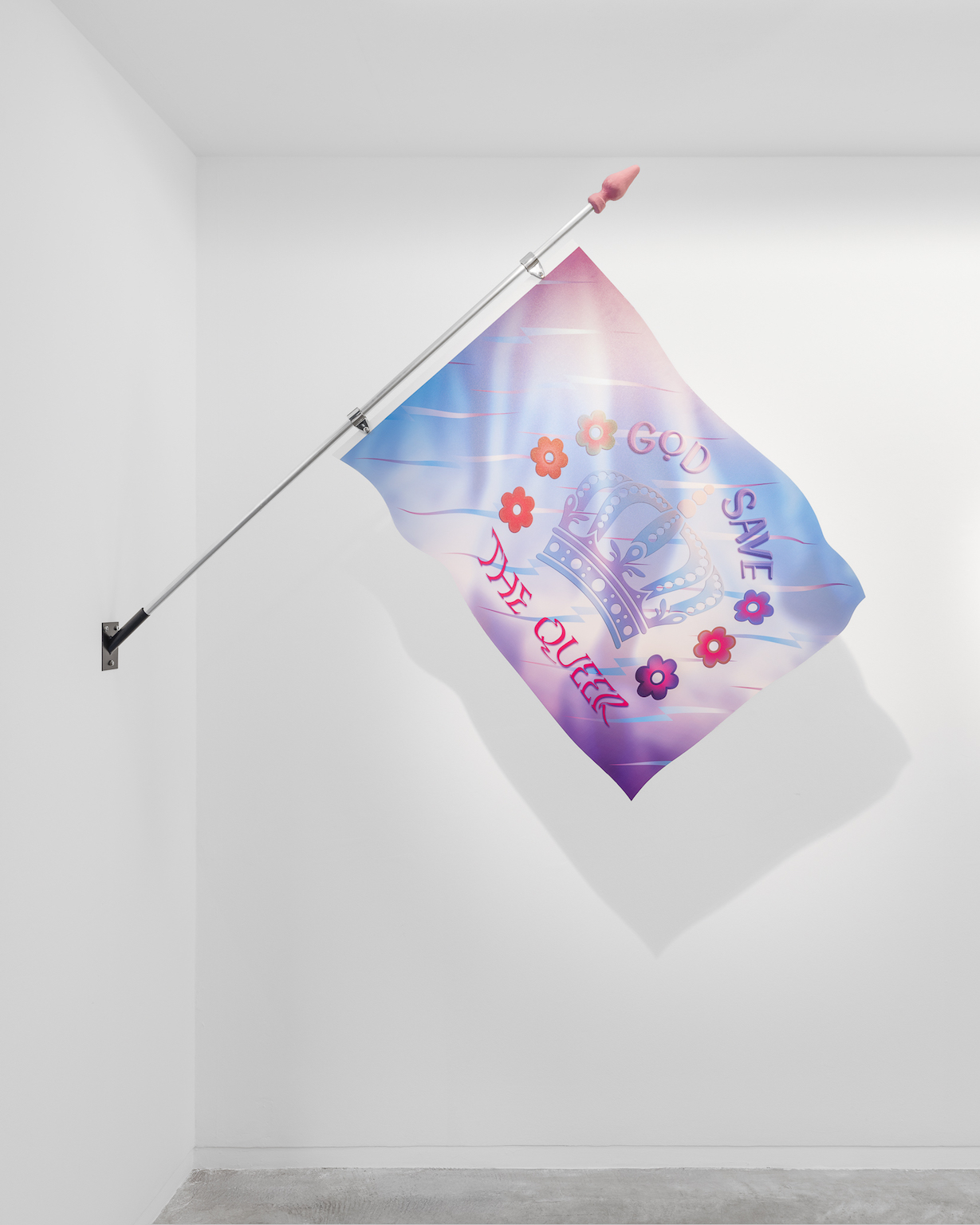
Tony Regazzoni, vue d’exposition High Energies, Galerie Eric Mouchet, Paris, 2025 © Hafid Lhachmi – ADAGP Paris_11
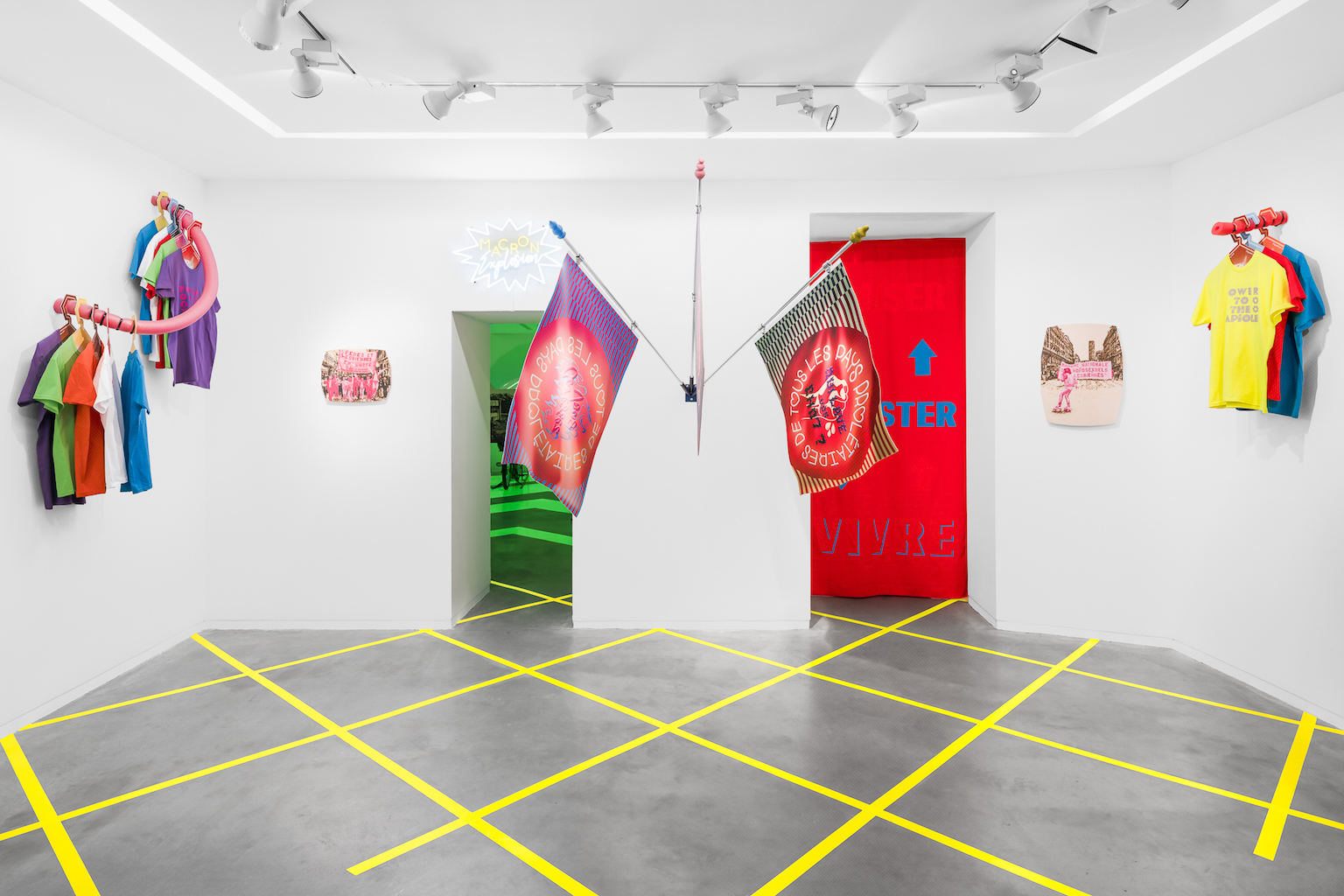
Tony Regazzoni, vue d’exposition High Energies, Galerie Eric Mouchet, Paris, 2025 © Hafid Lhachmi – ADAGP Paris_10
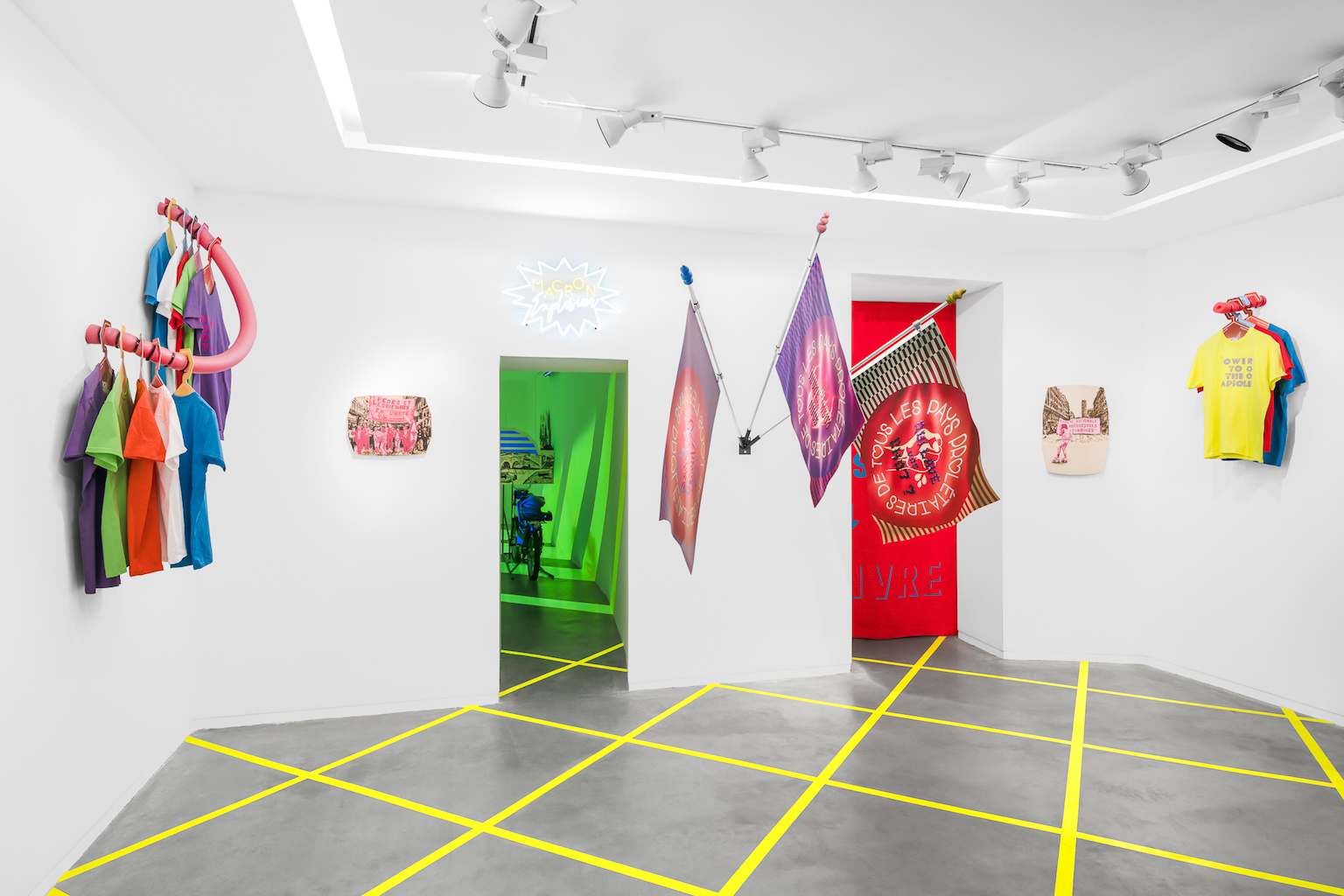
Tony Regazzoni, vue d’exposition High Energies, Galerie Eric Mouchet, Paris, 2025 © Hafid Lhachmi – ADAGP Paris_17
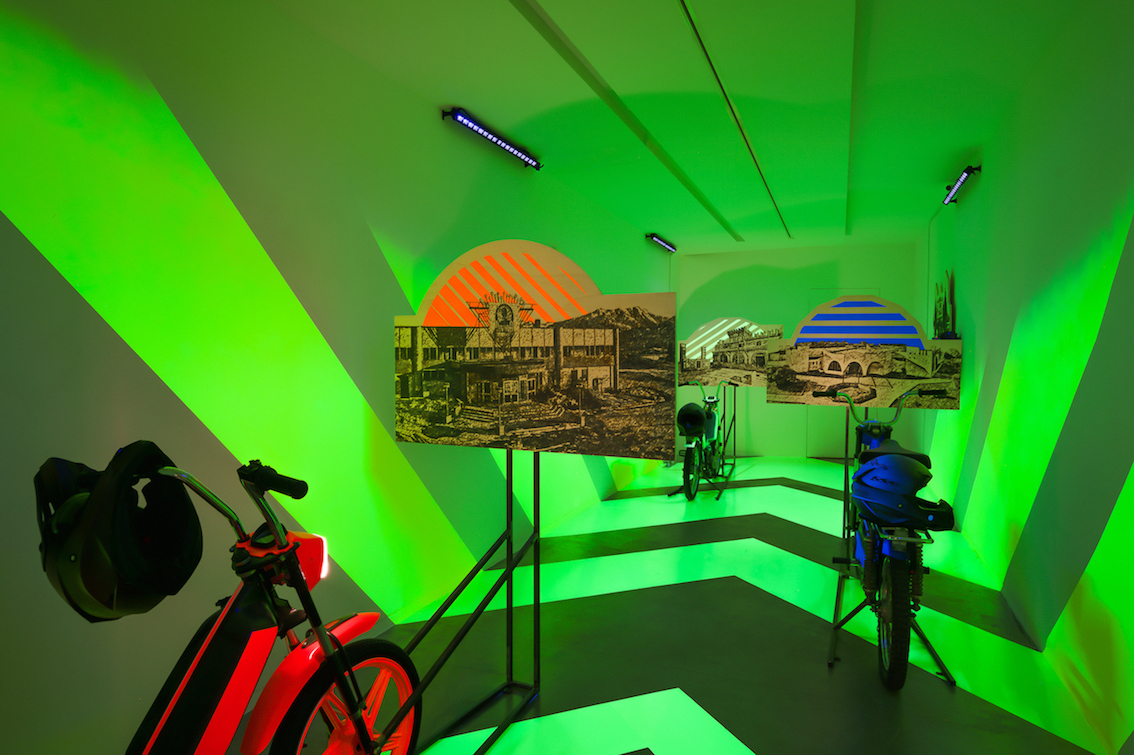
Tony Regazzoni, vue d’exposition High Energies, Galerie Eric Mouchet, Paris, 2025 © Hafid Lhachmi – ADAGP Paris_19
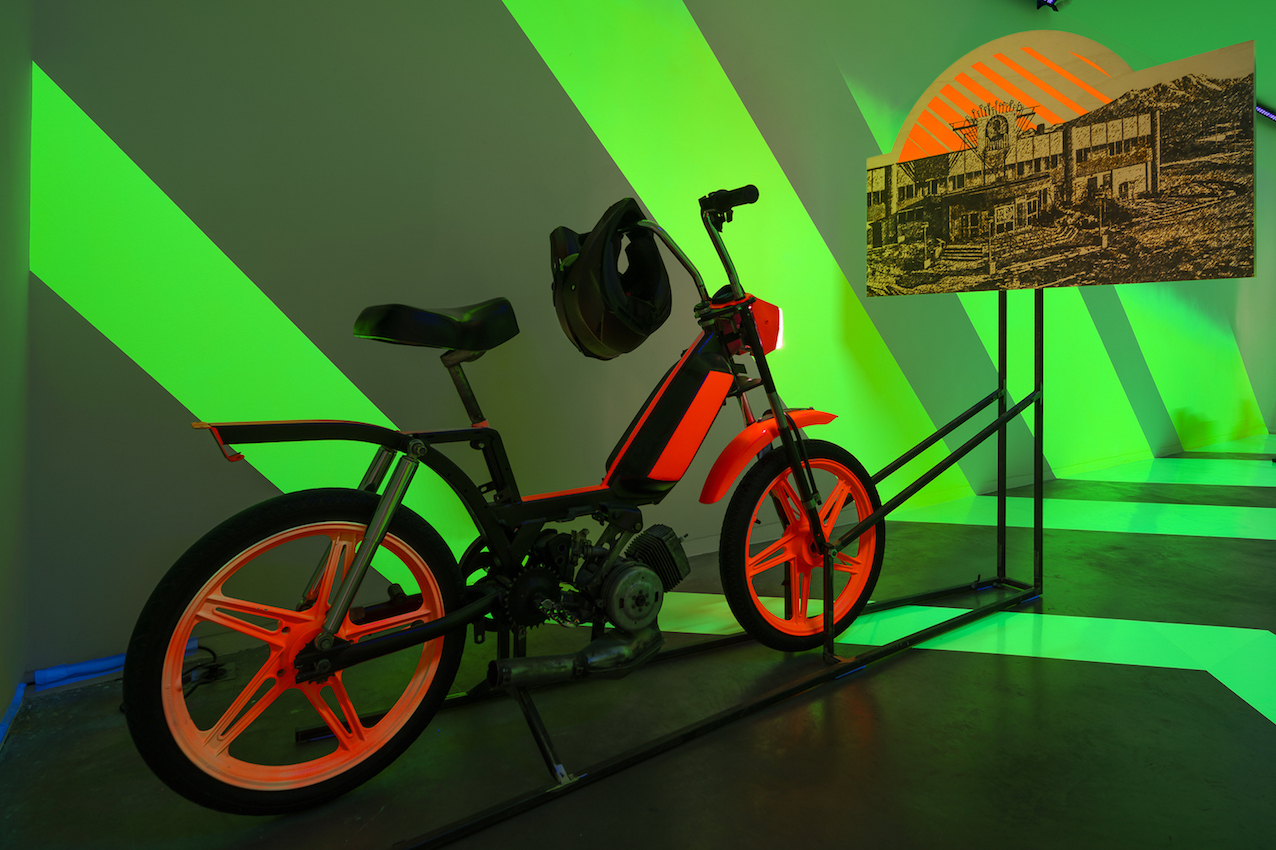
Tony Regazzoni, vue d’exposition High Energies, Galerie Eric Mouchet, Paris, 2025 © Hafid Lhachmi – ADAGP Paris_21
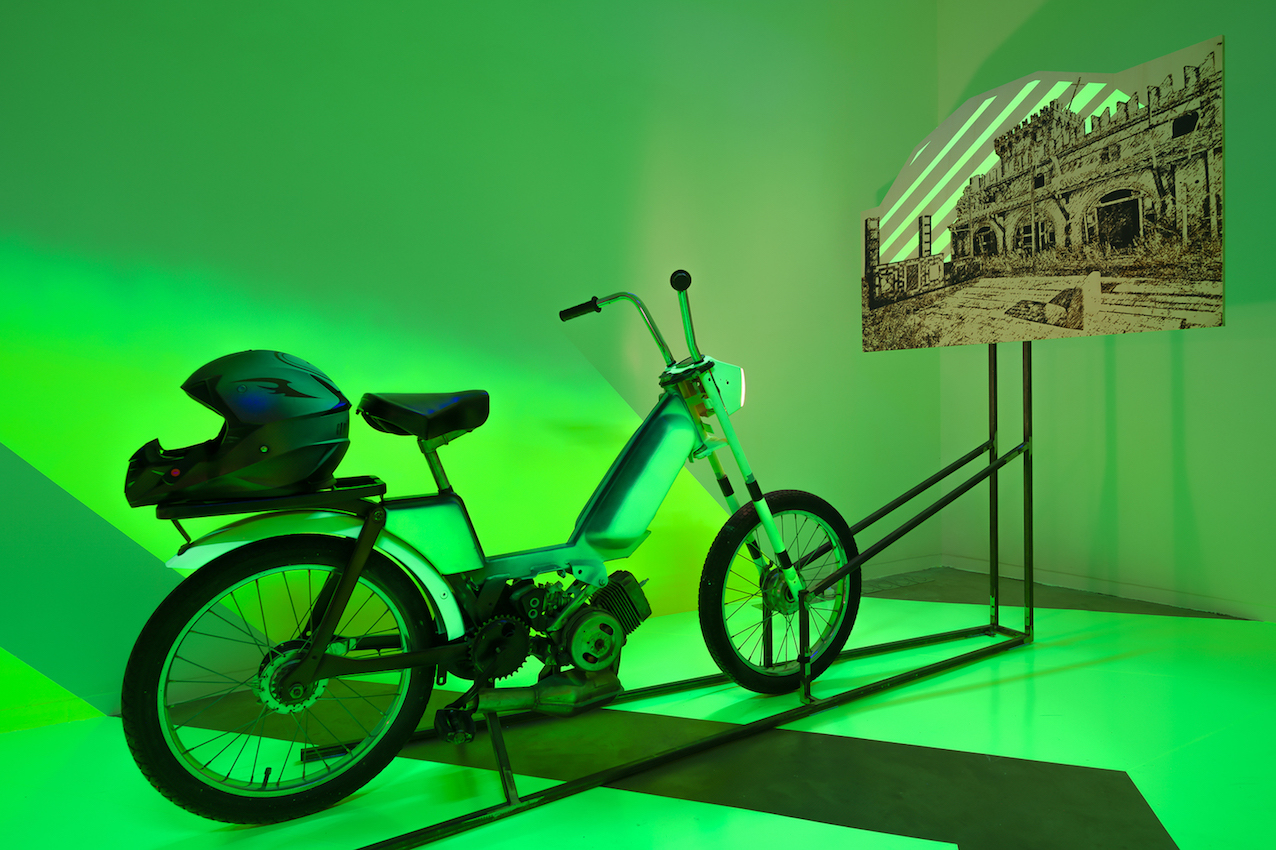
Tony Regazzoni, vue d’exposition High Energies, Galerie Eric Mouchet, Paris, 2025 © Hafid Lhachmi – ADAGP Paris_20
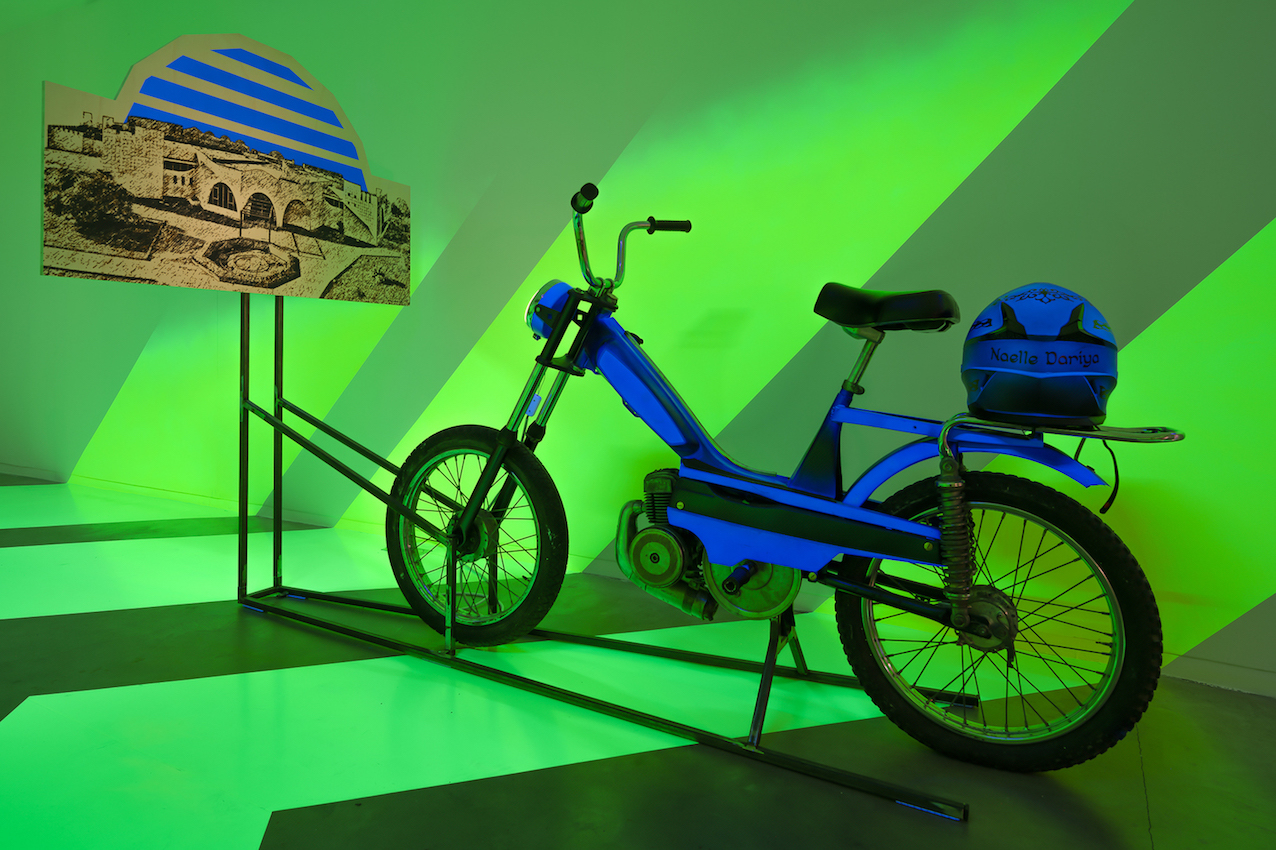
Tony Regazzoni, vue d’exposition High Energies, Galerie Eric Mouchet, Paris, 2025 © Hafid Lhachmi – ADAGP Paris_14
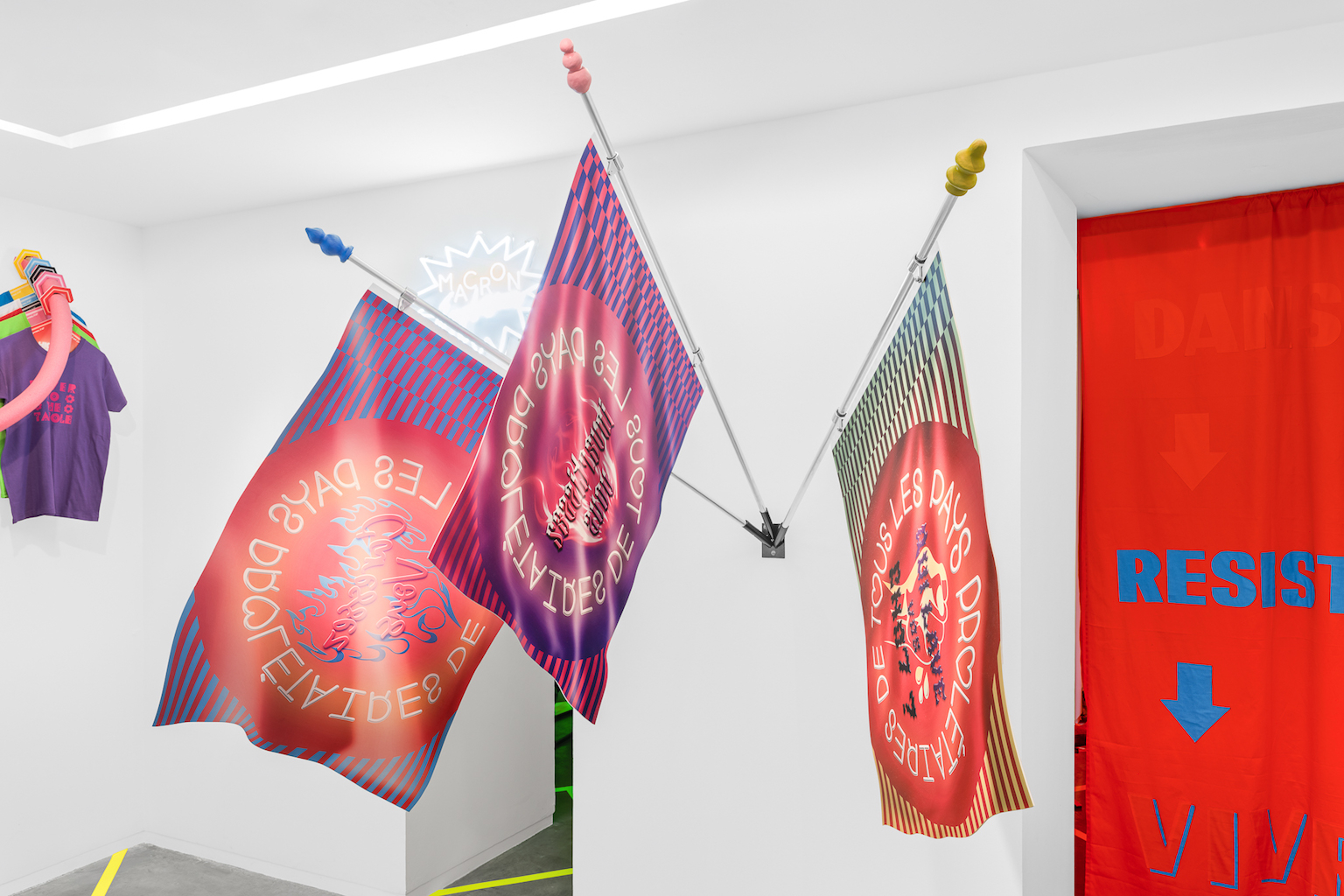
Tony Regazzoni, vue d’exposition High Energies, Galerie Eric Mouchet, Paris, 2025 © Hafid Lhachmi – ADAGP Paris_15
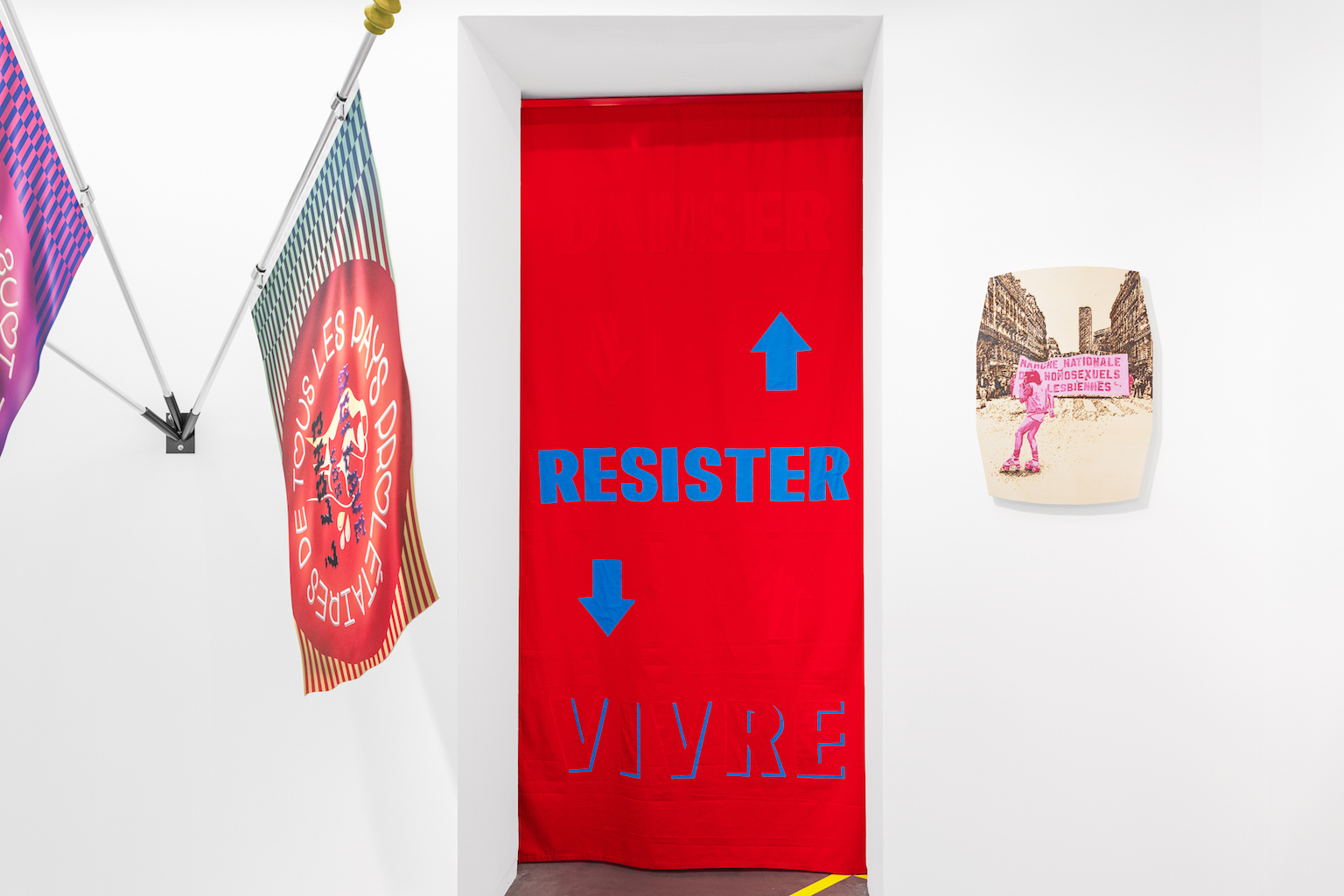
Tony Regazzoni, vue d’exposition High Energies, Galerie Eric Mouchet, Paris, 2025 © Hafid Lhachmi – ADAGP Paris_22
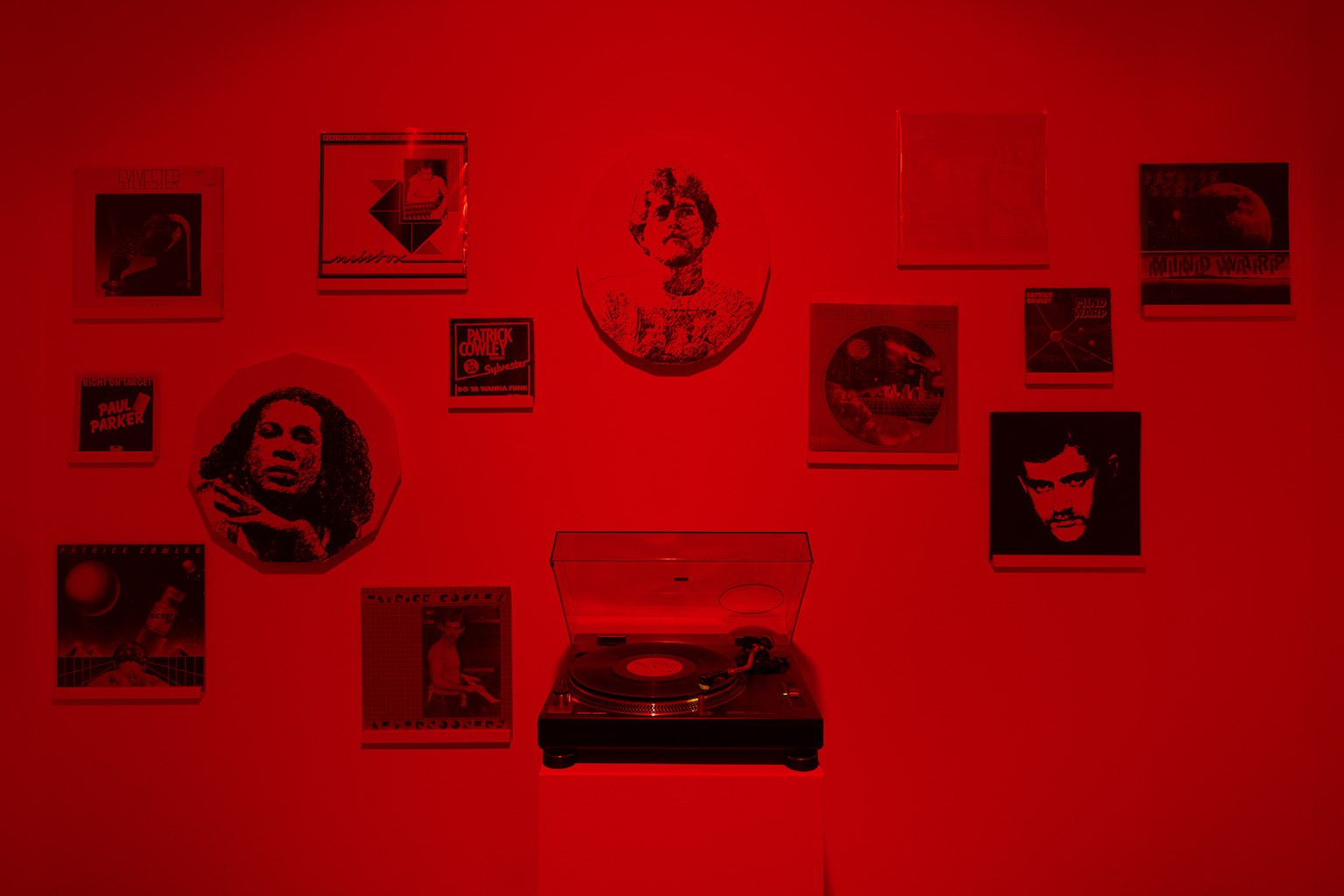
Tony Regazzoni, vue d’exposition High Energies, Galerie Eric Mouchet, Paris, 2025 © Hafid Lhachmi – ADAGP Paris_24
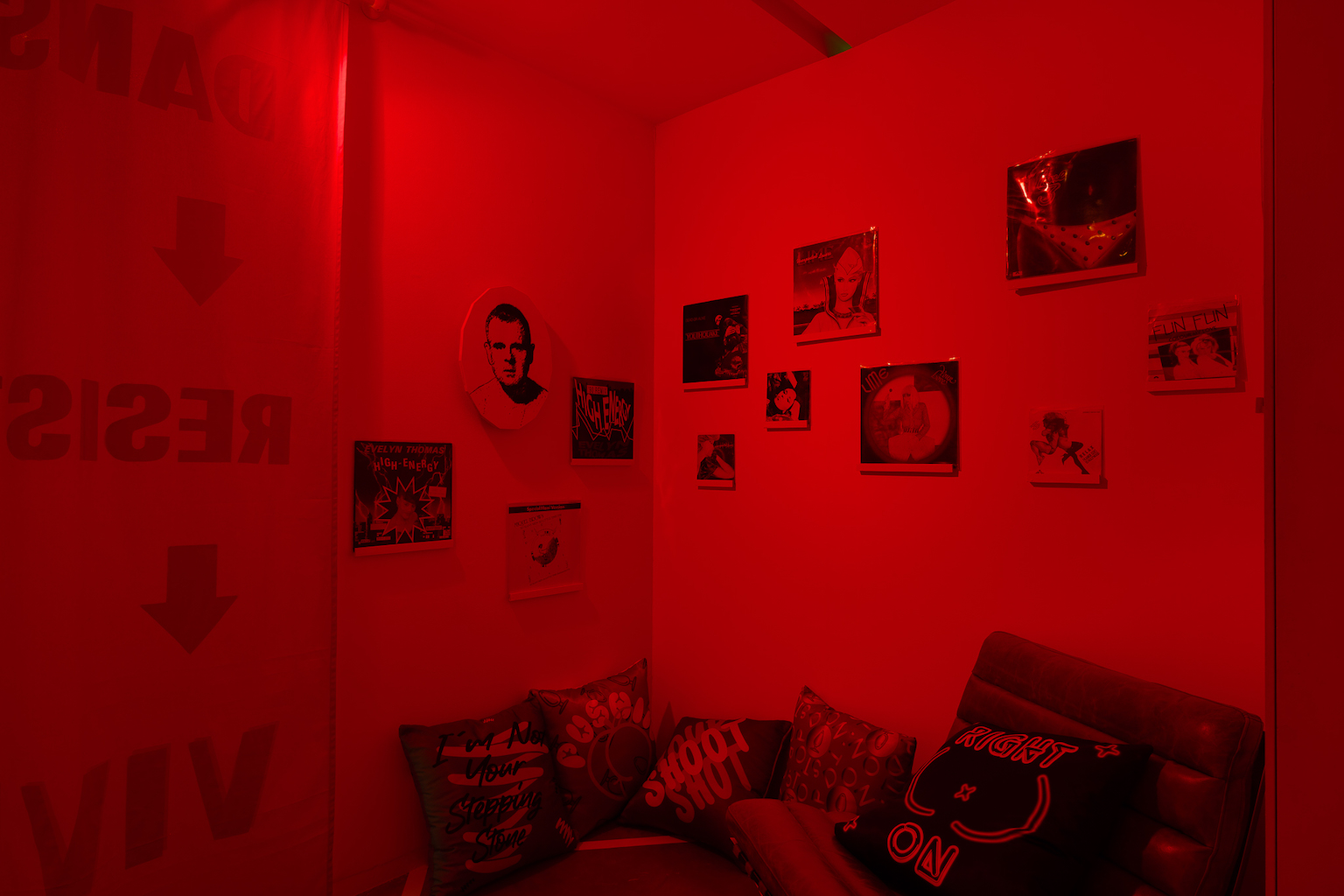
Tony Regazzoni, vue d’exposition High Energies, Galerie Eric Mouchet, Paris, 2025 © Hafid Lhachmi – ADAGP Paris_25
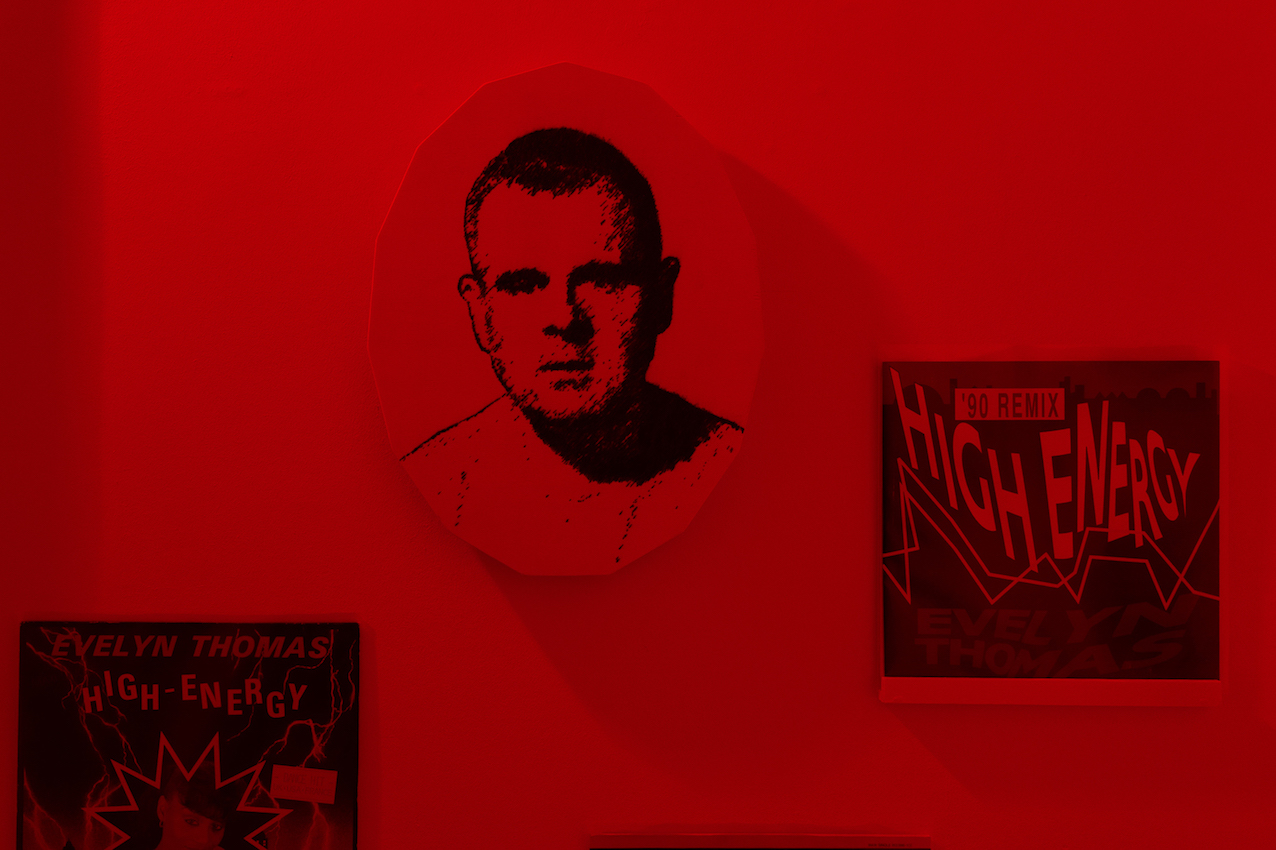
Tony Regazzoni, vue d’exposition High Energies, Galerie Eric Mouchet, Paris, 2025 © Hafid Lhachmi – ADAGP Paris_26
